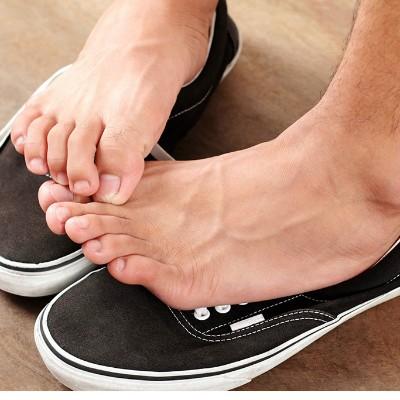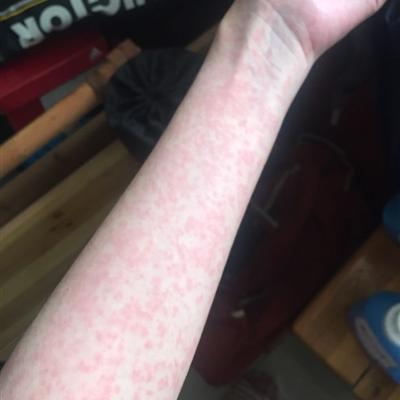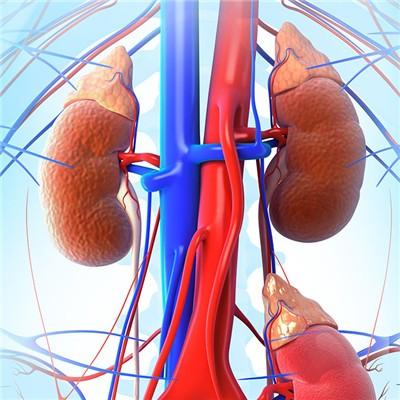How to prevent deep vein thrombosis?
summary
I believe many friends are not unfamiliar with the disease of venous thrombosis, because the occurrence of this disease does great harm to patients. Although venous thrombosis is a common disease in our life, it is also difficult to treat it. Therefore, we need to know the cause of the disease, so as to have targeted prevention. Most of them are patients after large-scale surgery, Patients who have undergone pelvic surgery are more likely to develop the disease. The reason is that patients stay in bed for a long time and eventually form venous thrombosis. How to prevent DVT? Let's talk about it now.
How to prevent deep vein thrombosis?
Surgical trauma, blood transfusion, myocardial infarction and other problems can lead to the occurrence of venous thrombosis, such as a variety of large-scale surgery can cause platelet aggregation ability to enhance, so as to reduce fibrinolysis, in addition, the use of large doses of hemostatic drugs can also make the blood appear hypercoagulable state.
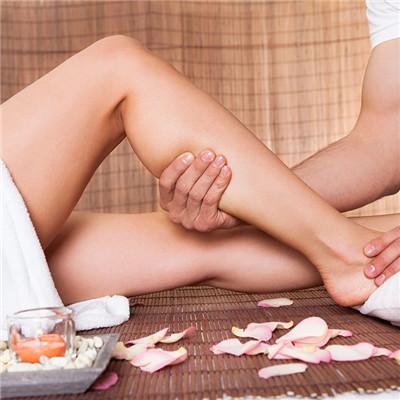
If the limb activity is reduced or limited, long-term bed rest will reduce the muscle strength and weaken the support force to the vascular wall. For example, during the operation, due to the anesthesia effect, the lower limb muscle is completely paralyzed, and after the operation, the lower limb muscle is in a relaxed state, resulting in blood flow stagnation and inducing deep venous thrombosis of the lower limb.
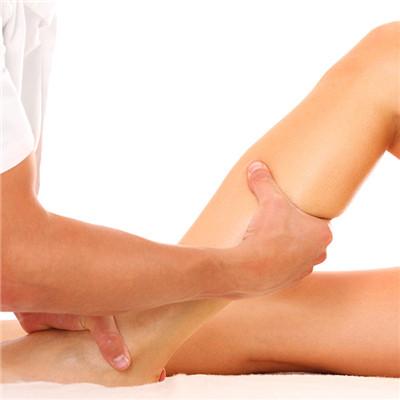
In addition, special attention should also be paid to mechanical injury, such as long-term repeated venipuncture and catheterization, infusion of various stimulating hypertonic solutions can lead to venous thrombosis. However, because the injury caused by infection is relatively rare, that is, suppurative thrombophlebitis, caused by perivenous infection.
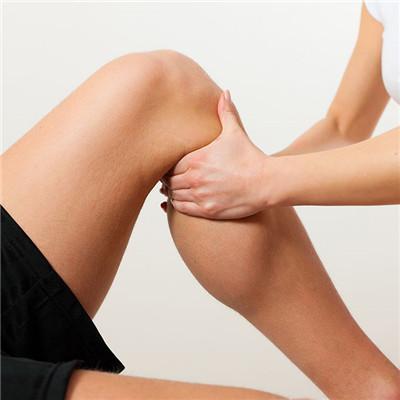
matters needing attention
To prevent the emergence of this disease, it is necessary to take some anticoagulant drugs for high-risk groups. For patients who must rest in bed after surgery, we can often help patients massage their lower limbs to promote blood circulation. Patients can also do lower limb exercise in bed. For the damage of vascular wall, we should pay attention to avoid inputting solutions that stimulate the venous wall.


